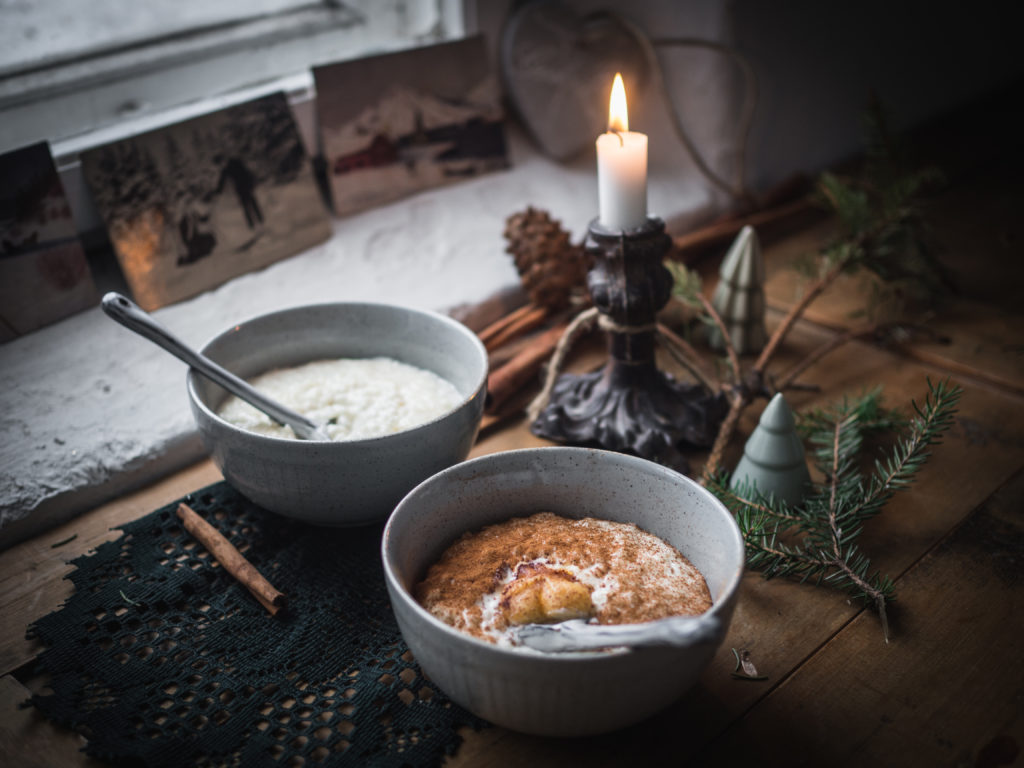
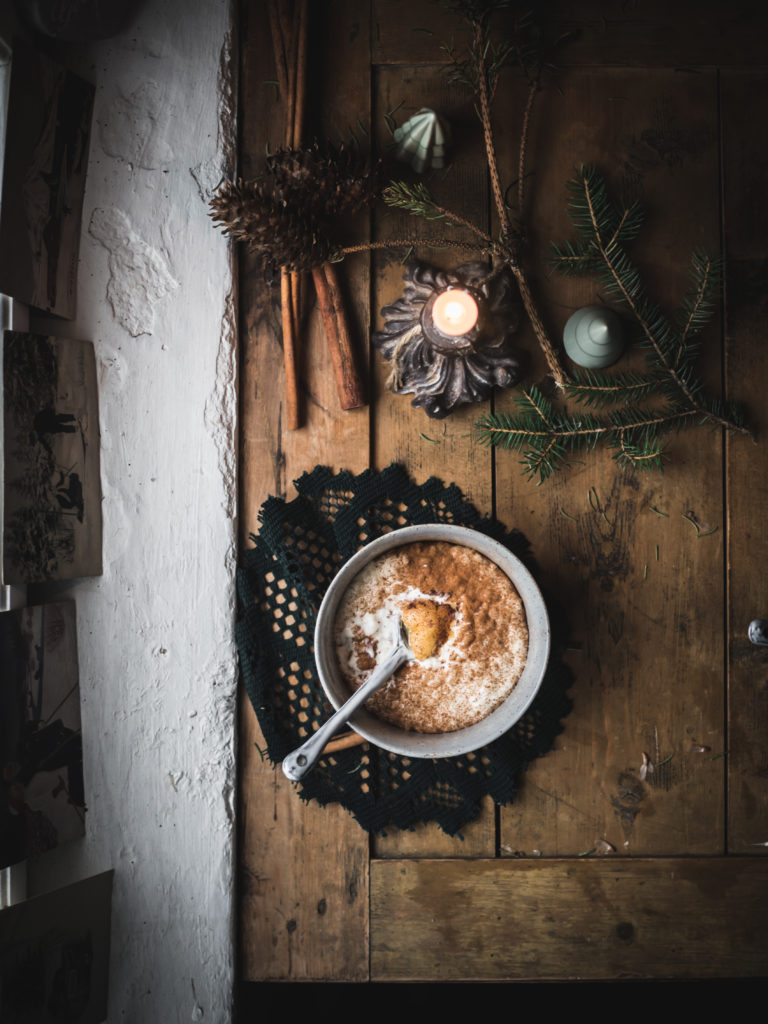

Risengrynsgrøt “rice porridge” was first introduced in Norway in the 1300s, but was reserved for the elite and wealthy. It eventually became customary to serve it on Christmas Eve as a symbol of status, aside from the usual habit of eating it on Saturdays. It wasn’t until the 1800s that rice porridge became more available to the working class, where it remained prepared on Saturdays, as well as on Christmas Eve.
Norwegians still retain the custom of serving rice porridge for lunch on Christmas Eve and children affectionally refer to it as julegrøt “Christmas porridge”. A dollop of butter, a spoonful of sugar, and a dusting of cinnamon on top makes it ready to serve.
It’s also tradition to make a little game out of the meal. Once all the bowls have been filled with porridge, an almond is hidden in one of them. Each person is served a bowl and whoever finds the almond wins the game and usually receives the coveted julemarsipan gris, or a small piggy made out of marzipan.
The leftovers – if there are any – are then used to make riskrem, which is rice porridge blended together with whipped cream and sugar to make a fluffy pudding. It’s served with an incredibly vibrant red berry sauce and makes for an excellent conclusion to this somewhat simple, yet utterly fulfilling porridge. I also like to use the leftovers to make this delicate ice cream version.
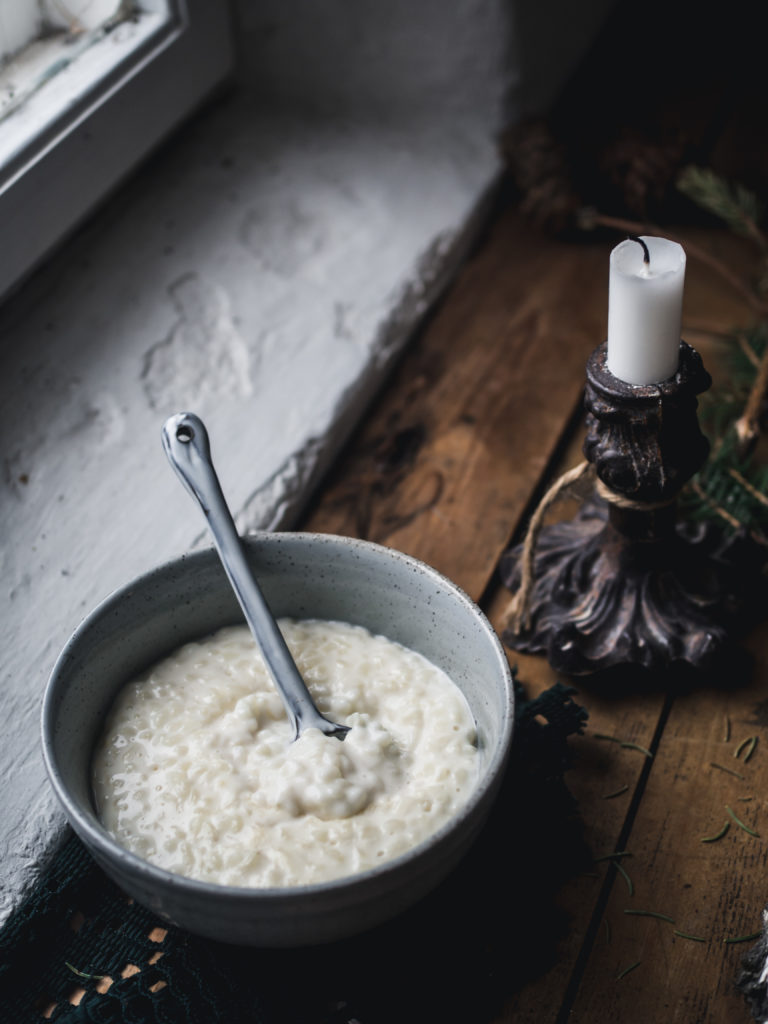
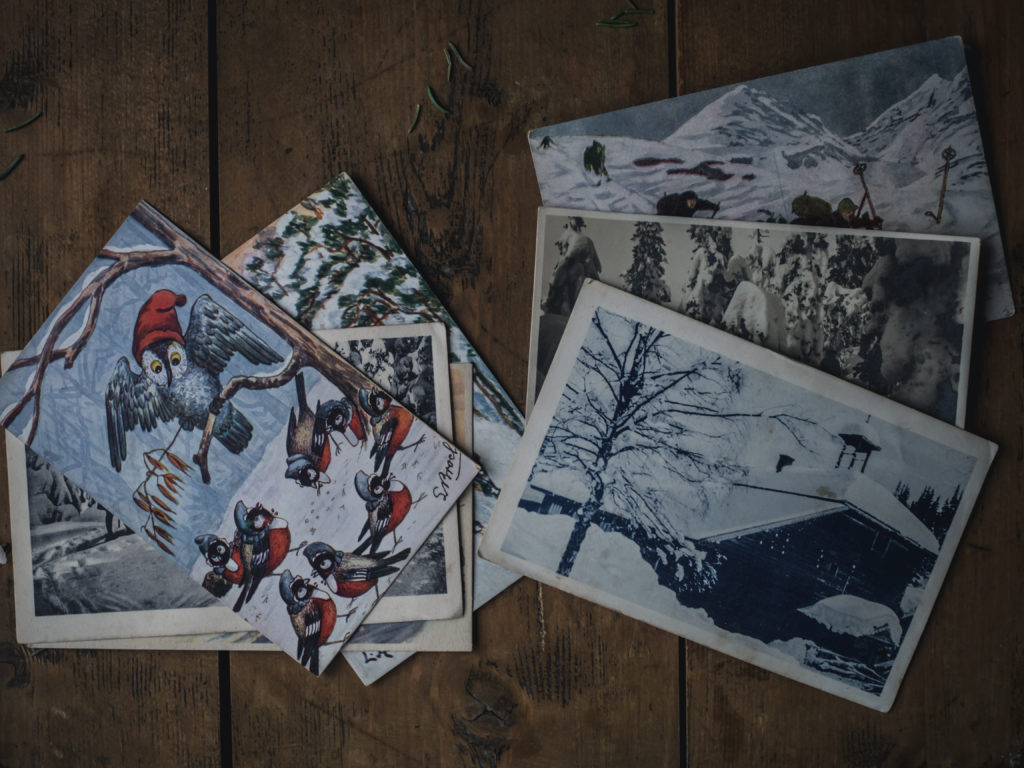
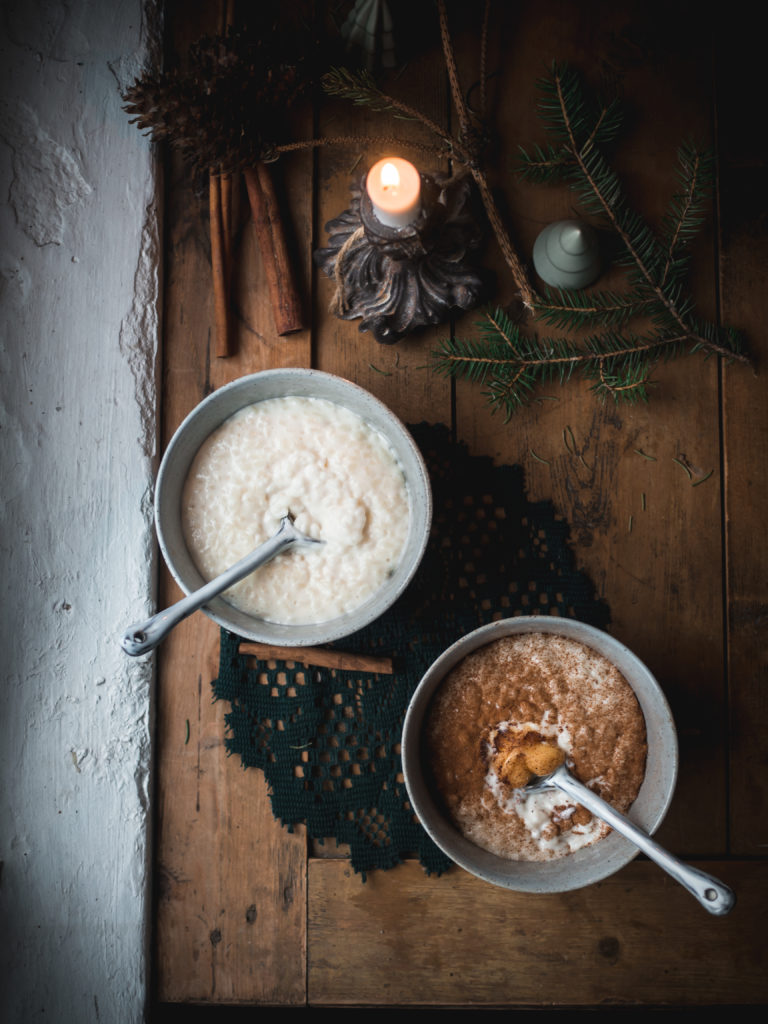
While rice porridge may seem simple enough, it’s subtle flavor is memorable and comforting, like a soul-satisfying bowl of goodness. Its creaminess lends itself to the rice being slow-cooked in whole milk and the touch of cinnamon, sugar, and butter on top make it irresistible. There is a reason this dish has remained a steady favorite for so long.
Risengrynsgrøt (Norwegian Rice Porridge)
Serves 4
- ¾ cup plus 1 tablespoon (200 ml) Arborio rice or medium-grain white rice
- 5½ cups (13 dl) whole milk, no less than 1 percent fat
- ½ vanilla bean
Warm the milk in a saucepan with the vanilla bean and seeds (make an incision along the bean and scrape out the seeds, placing both the bean, and the seeds into the milk). When it is warm to the touch, remove it from the heat. Leave the vanilla bean in the milk and discard when the last of the milk is used.
Place the rice in a heavy-bottomed pot on the stove over medium-high heat. Take about 1 cup (240 ml) of milk at a time and pour over the rice, letting it simmer gently until most of the milk has been absorbed by the rice. Continue to add another cup (240 ml) of milk until almost all the milk has been absorbed into the rice and the consistency is creamy and thick, but not too thick.
Remove from the stove and ladle into individual bowls. Serve immediately and top each bowl with a piece of butter and a sprinkling of cinnamon and sugar.
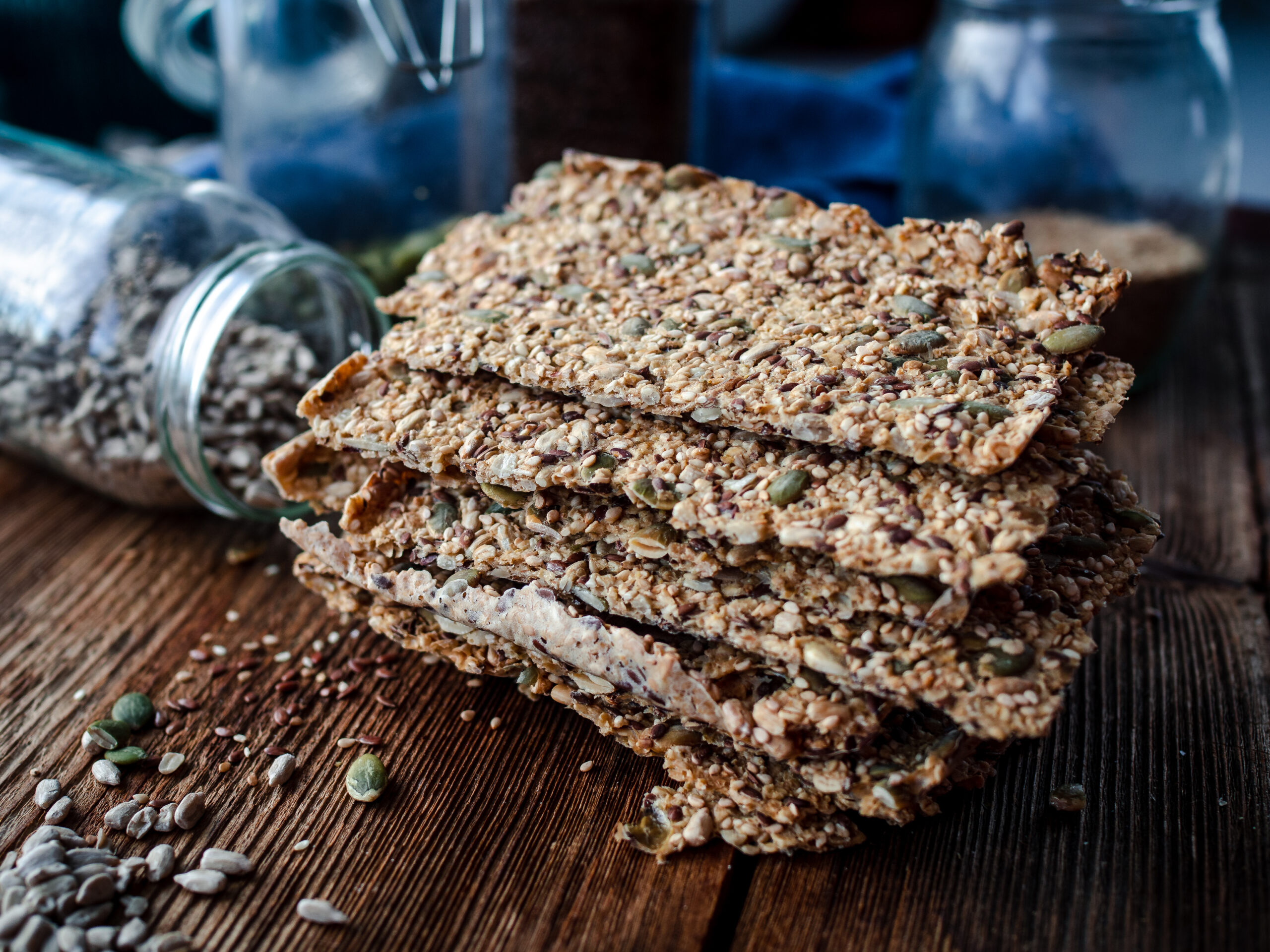
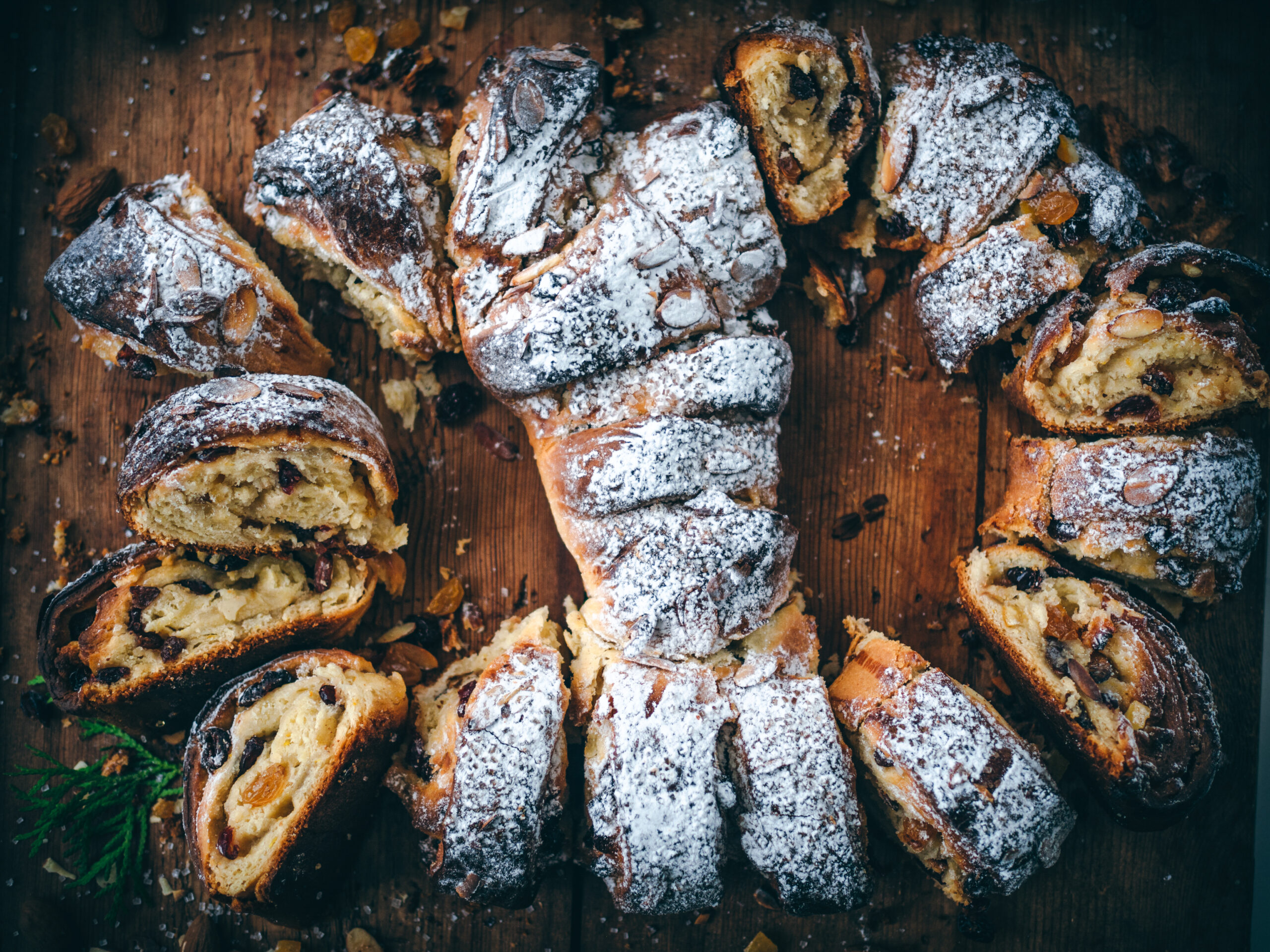
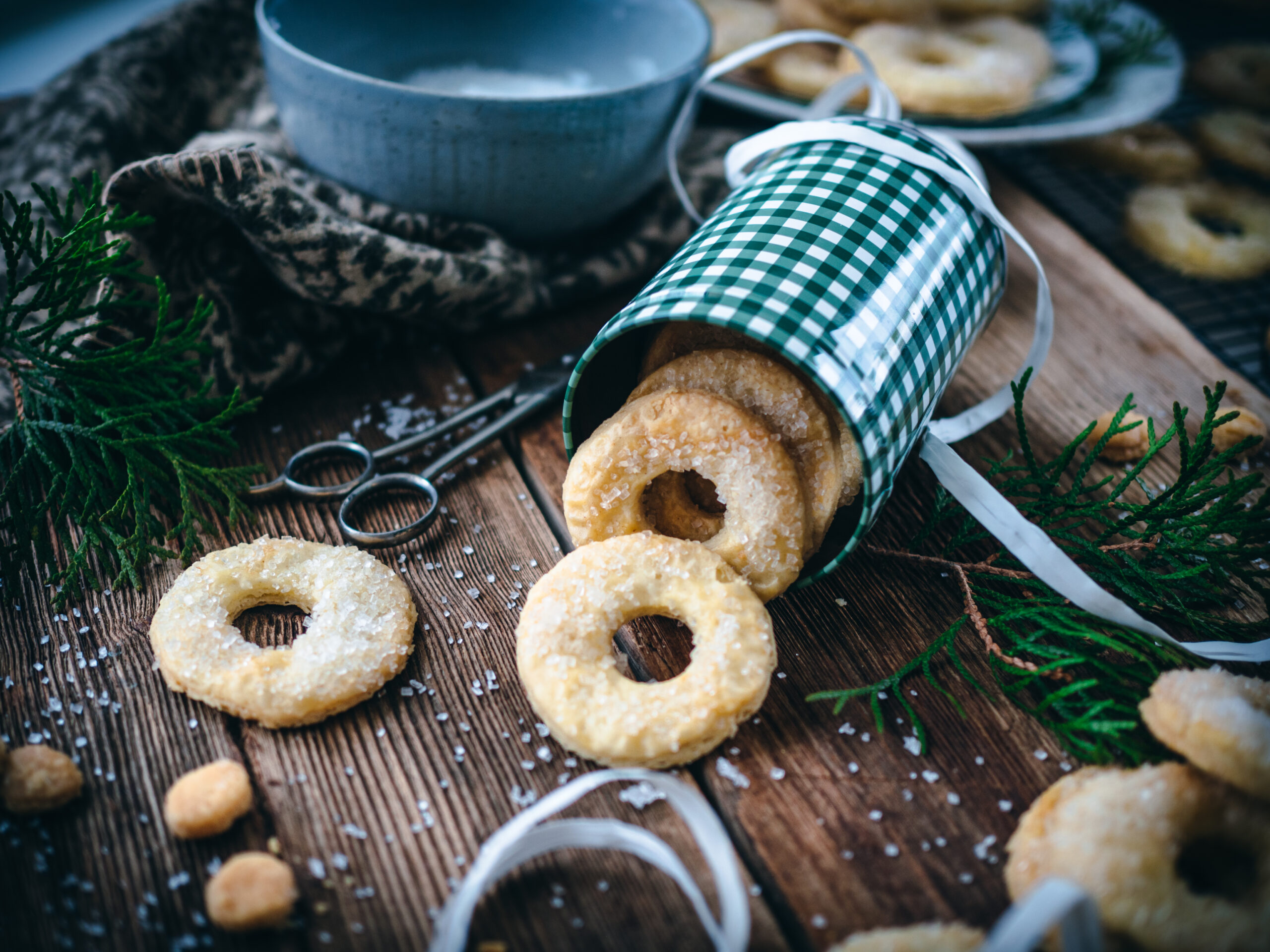
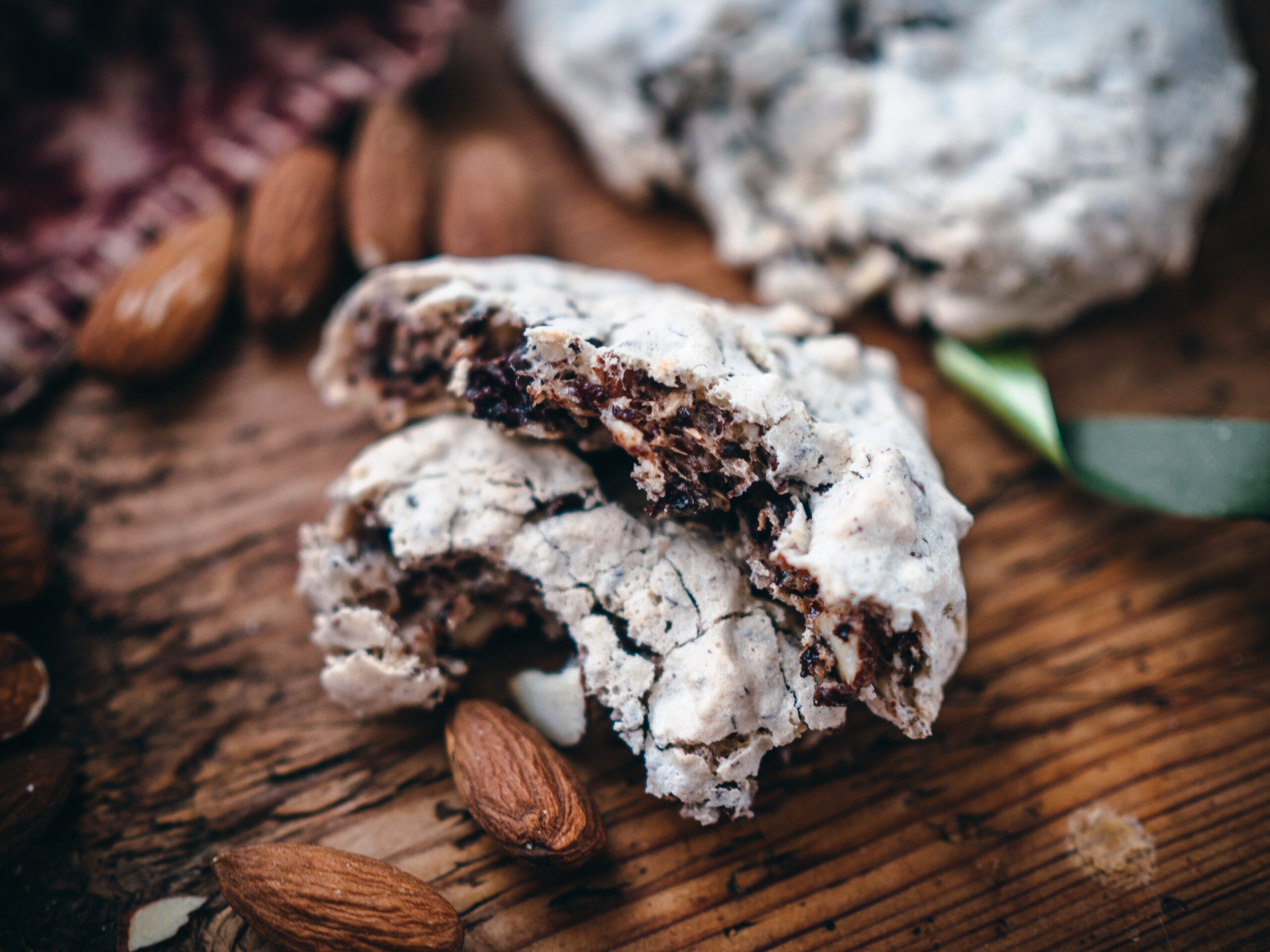

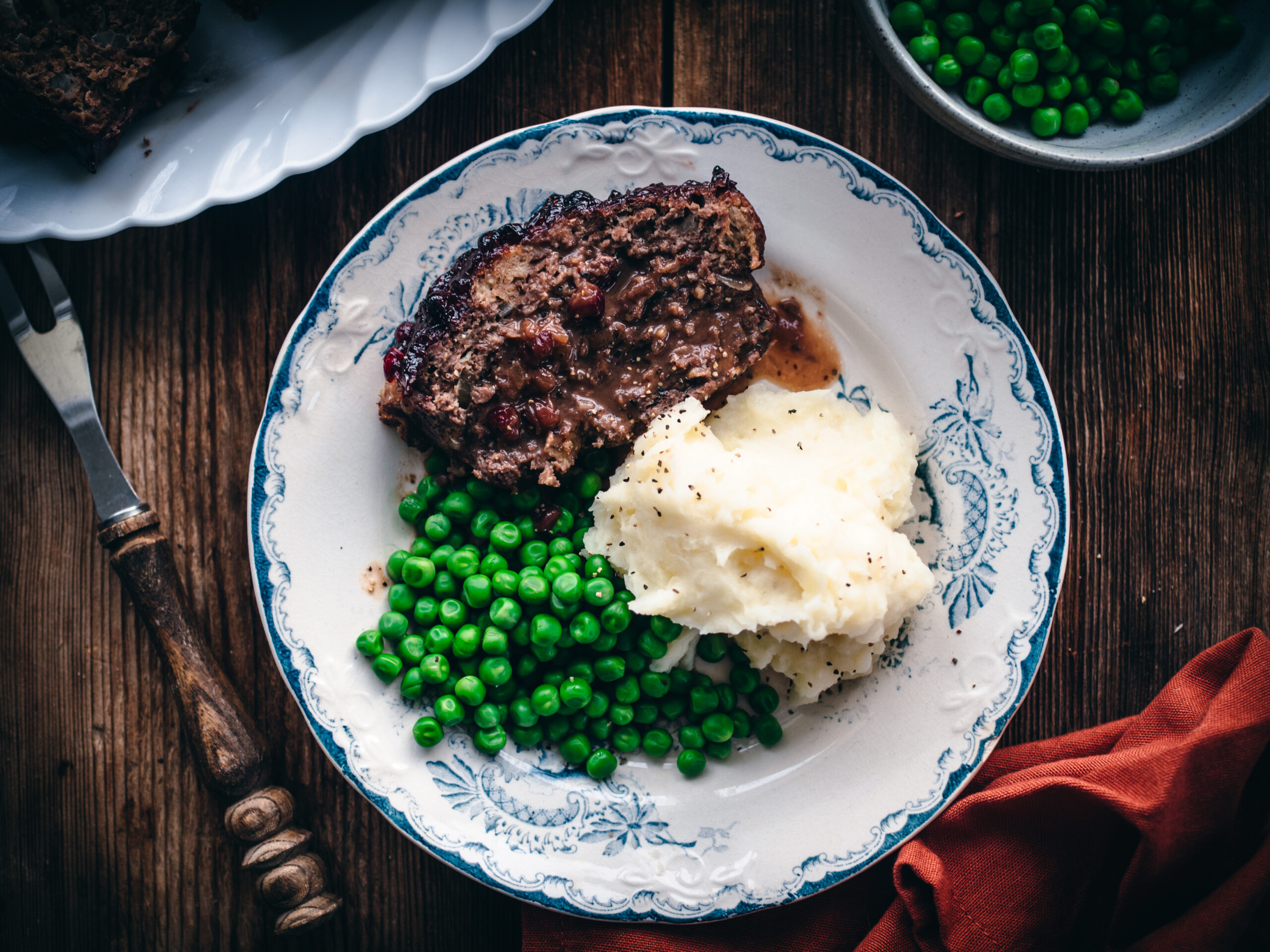
Ever since going to Norway in 2017 with my husband, I have been in love with it (We dream of moving there ourselves). I felt completely at home, peaceful and happy for the first time in my life. Since then I spend a lot of time trying to be like a Norwegian. We are vegetarians so adapting the food is tricky (however, after visiting we did start adding fish back to our diets so that makes it easy). Anyway, so stumbling upon your blog recently was an incredible joy. I look forward to making this dish and many others.
Thanks for sharing this, Olivia! It’s amazing how Norway can have that effect after just one visit. I hope you find lots of inspiration here that suits your lifestyle 🙂
So yummy. Thanks for this fun post. We do ours on New Year’s Eve but no matter when you eat it, it’s always delicious! 🇧🇻
Delicious! Made for a warm, comforting New Year’s Day treat. Happy 2020 from Canada!
So glad to hear that! Happy new year!
No raisins?
You can add them, but they aren’t traditional 😉
Hello from Minnesota! I attended a folkehøyskole in Norway during the 1982/83 school year and we had this for lunch every Saturday and I loved it! A friend recently gave me your book and it was in there! I have always wanted to make it and in the year of horrible 2020, I am finally going to make it! I just have one question about the rice. Is it pre-cooked or do you start out with it raw? Other recipes I’ve seen have you cook the rice in water first so just checking!
Hi Beth, the rice will absorb the milk slowly as it cooks, so no need to pre-cook it 🙂 Enjoy!!